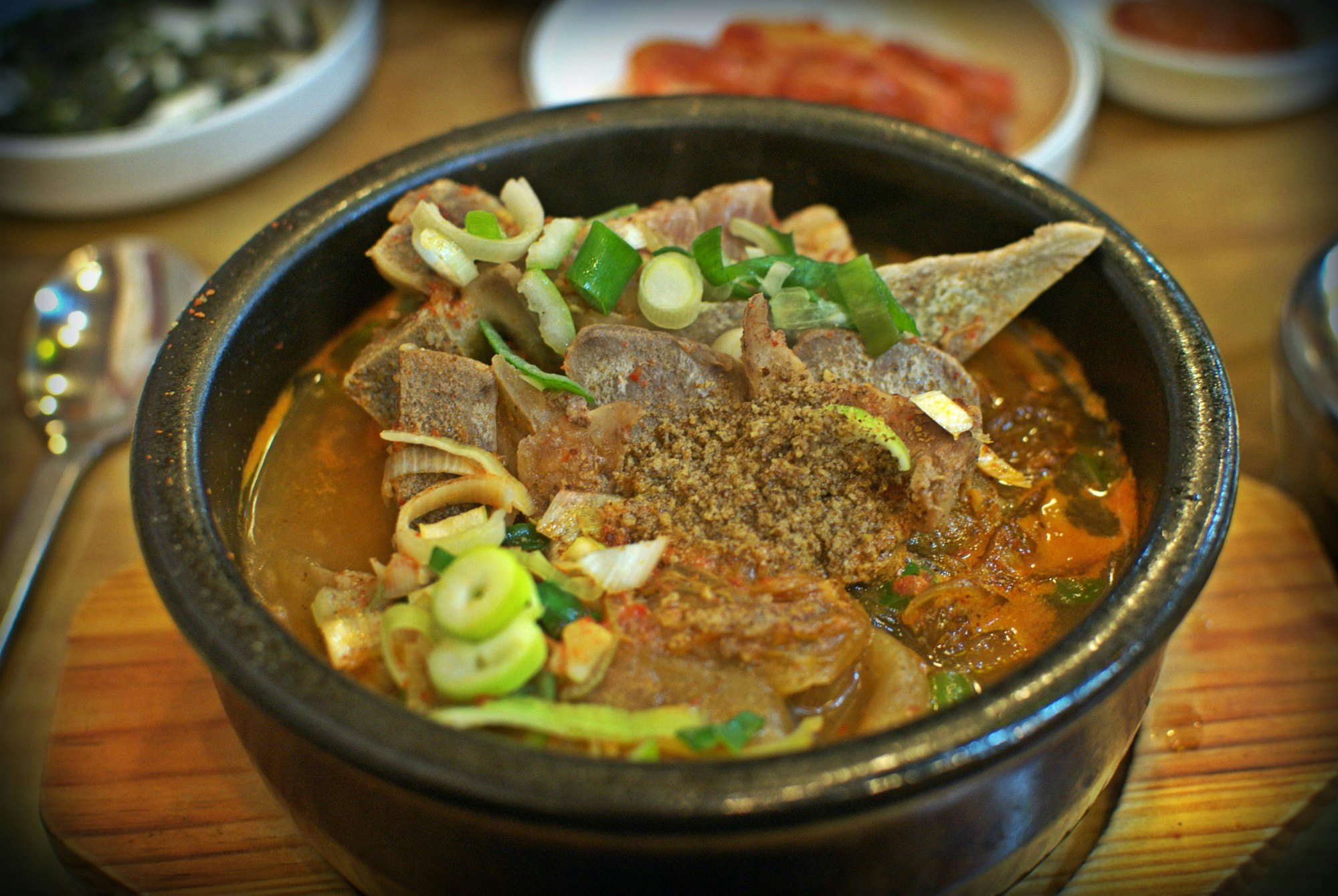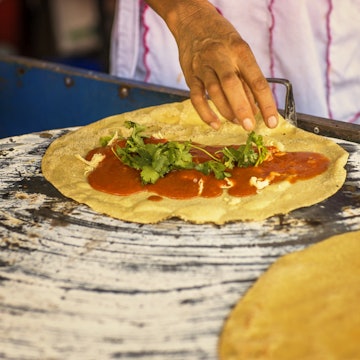

When it comes to hangovers, science is firm, if a little dull, on what to do the morning after the night before. Regular imbibers know that the evidence-backed ways to counter the effects of excessive alcohol include downing lots of water combined with electrolyte supplements, buoyed by judicious use of painkillers. However, a review of hangover remedies from around the world indicates that there are much more interesting ways by which merrymakers can ease their pain. They may not be scientifically proven but who says science is always right?
Peru: Leche de Tigre

Also known as ‘tiger’s milk’, this fishy and spicy juice comes from the leftover marinade for ceviche, the Peruvian dish of fresh raw fish cured in citrus juice. The key ingredients are fish stock, pieces of firm white fish, garlic, coriander, onion, chilies, salt, pepper and the all-important lime juice. Its acidity and spiciness are believed to kick the senses and the stomach to touch and the drink is also prized as an aphrodisiac.
Mexico: Menudo

Fans of this spicy tripe (beef stomach) soup are convinced of its restorative powers. It’s not the quickest hangover cure you’ll stumble along as it take several hours to make, so it’s advisable to do like Mexican families, and start the vat bubbling the night of the party. Traditionally, the hearty savoury broth includes beef tripe, dried corn and dried chillies and is often topped with raw onion and dash of lime juice.
Japan: Umeboshi plums
Umeboshi plums’ ability to combat alcohol overindulgence has a long history, with Samurai warriors carrying rations of the fruit with them to combat fatigue as well as hangovers. Very sour and extremely salty, this preserved fruit is said to help digestion and kill bacteria, while the high levels of sodium and potassium can help balance electrolytes. If the strong taste isn’t to your liking, it’s recommended that you soak the plums in green tea first.
Germany: Katerfrühstück
Consider the rollmop, the pickled herring fillets loaded with omega-3 fatty acids which are important for brain function. Now, picture the rollmops wrapped around a savoury filling like a gherkin and you have one element that forms part of katerfrühstück, which translates as ‘hangover breakfast’. High in electrolyte-balancing potassium and sodium, it can help drinkers power through the after-effects of even the strongest German schnapps.
South Korea: Haejangguk

Another healing soup and another dish with a literal translation, Haejangguk is the ‘soup to get sober’. Dating from the 14th-century Joseon dynasty, the essence of the soup still remains the same in modern-day Korea. This is an unapologetically beefy concoction made with oxtail meat and cubes of coagulated ox blood, augmented with soybean paste, soybean sprouts, scallions, chilli and garlic. The broth’s healing power is attributed to bean sprout roots which contain asparagine, believed to reduce the nasty effects of acetaldehyde produced by too much booze.
USA: Prairie Oyster

A blend of egg yolk, Worcestershire sauce, vinegar, hot sauce and salt and pepper, the prairie oyster is in fact shellfish-free. Its origins lie in 19th-century America, where oyster houses and bars were all the rage, with prairie oysters emerging in the middle of the country where there was no ocean, as the raw egg yolk has a similar texture to oysters. When serving the drink, it’s important to keep the yolk intact and it’s usual to gulp it in one. Experts are dubious as to the prairie oyster’s hangover curing properties but it’s been suggested that the idea of drinking one deters you from overindulging in alcohol in the first place.
Russia: Kvass

Popular in Russia, as well as Ukraine, Belarus, Estonia and Poland amongst other countries, this traditional drink is made from rye bread. While classified as a non-alcoholic beverage, it can still be considered a mild ‘hair of the dog’ because its alcohol content can rank from approximately 0.5 to 1.5%. The fizzy drink, popular since the Middle Ages, is produced by fermenting bread, with local ingredients often added, and it’s brimming with Vitamin B, which is leached from the body after a drinking session.
Ireland: Fry-up
A fry-up is revered not only in Ireland but also in England and Scotland as having curative properties that verge on the miraculous. Its primary constituents are bacon and sausages, white and black pudding, eggs, grilled tomatoes and mushrooms. A side order of soda bread is particularly Irish whereas an English full breakfast will exclude the pudding and add baked beans and fried bread, while the Scottish version favours the addition of potato scones. The grease is purported to soak up the booze but the carb coma that follows after eating one certainly distracts from the pain.
Ecuador: Oregano tea

At the milder side of the spectrum of hangover elixirs, a brew of herbal tea is popular in Ecuadorian as a post-party drink. Oregano has medicinal as well as culinary uses, and is commonly used to treat upset stomachs. The tea can be made by steeping one teaspoon of dried oregano leaves or teaspoons of fresh leaves in hot water, and then flavouring it with citrus or sweeteners. As well as having digestive benefits, oregano tea is obviously hydrating and also has mild antiseptic properties.













